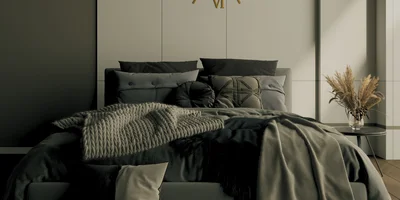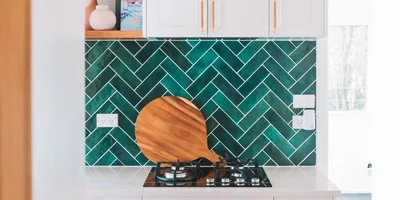Flexbox Cheat Sheet
Flexbox allows you to create fluid layouts easily. If you are constantly looking up how it works, this handy cheatsheet is all you need.
The CSS article collection contains utilities and interactive examples for CSS3. It includes modern techniques for creating commonly-used layouts, styling and animating elements, as well as articles for handling user interactions.


Flexbox allows you to create fluid layouts easily. If you are constantly looking up how it works, this handy cheatsheet is all you need.

Customize the scrollbar style for elements with scrollable overflow, using just CSS.

Reset the box-model so that width and height are not affected by border or padding.

Use CSS to create various shapes like circles, triangles, and squares.

Create a responsive image mosaic, using CSS grid to create a grid layout and media queries to adjust the layout for different screen sizes.

The currentColor CSS keyword is a nifty alternative to custom properties for simple use cases.

Create a simple zoom in zoom out animation in CSS and elevate your designs.

Evenly distribute child elements within a parent element, using Flexbox.

A short summary of your story up to 180 characters long.

Modern CSS can help you create gradient text with a few lines of code. Learn how today!

Fit and position an image appropriately inside its container while preserving its aspect ratio with this handy technique.

Style the first letter of the first paragraph in your text, using a simple CSS selector,

Create a content container with a triangle at the top, much like a speech bubble.

You can use a CSS pseudo-class selector to style all links in a page, without worrying if they have been visited or not.

The CSS selectors used to target the root element of an HTML share some similarities, but they also have some differences.

Learn how to hide scrollbars on an element, while still allowing it to be scrollable.

Learn how to create text that scales according to the viewport width.

Make the text appear engraved or embossed into the background, using CSS.

Learn how to use the cubic-bezier() class of easing functions and create beautiful animations that stand out.

You might have heard that line-height should be unitless, but do you know why?

Learn how to make your CSS transitions feel perfect when users interact with elements on the page with this simple tip.

Typography might seem intimidating, but you can quickly and easily create a simple typographic scale with this basic technique.

Have you ever needed to reset all styles previously applied to a selector to their default values? CSS has the tool just for you!

Nesting elements with rounded borders can look very wrong if not done correctly. Here's a quick tip on how to do it right.